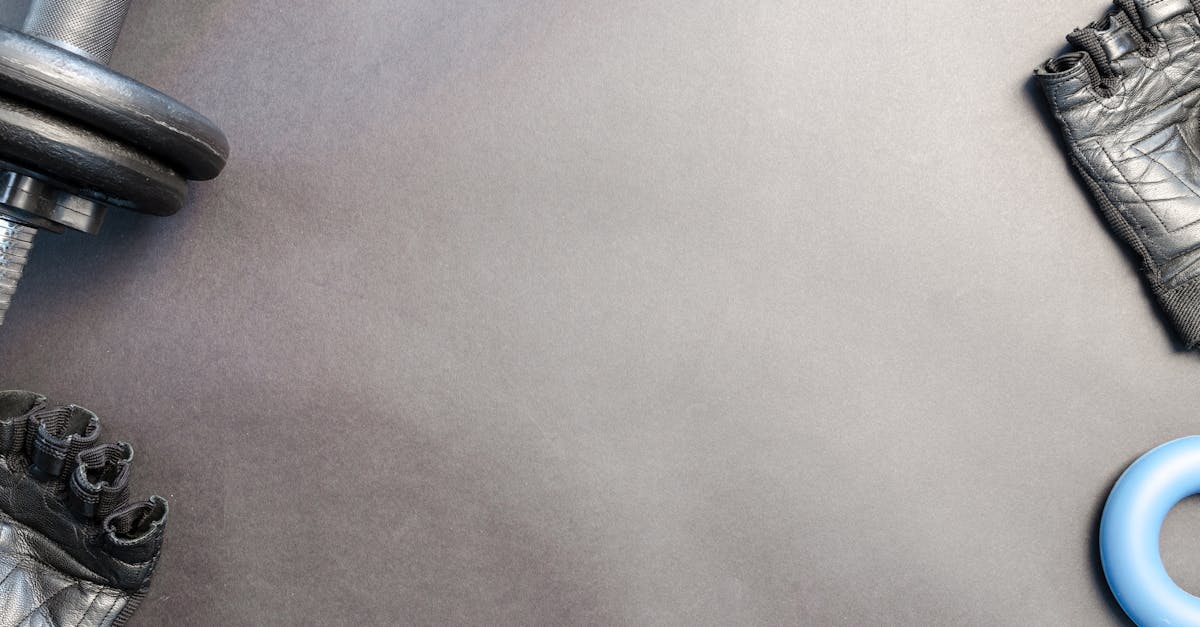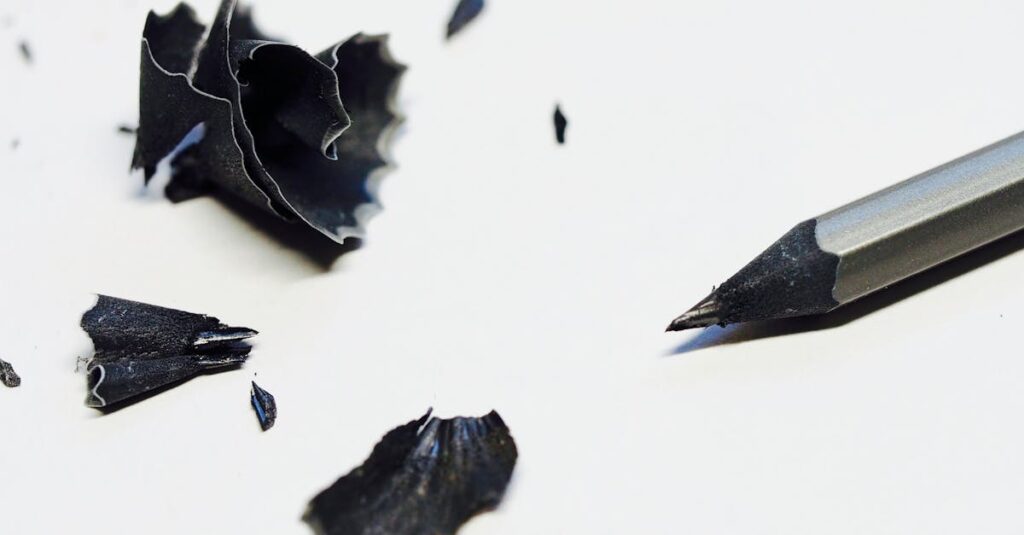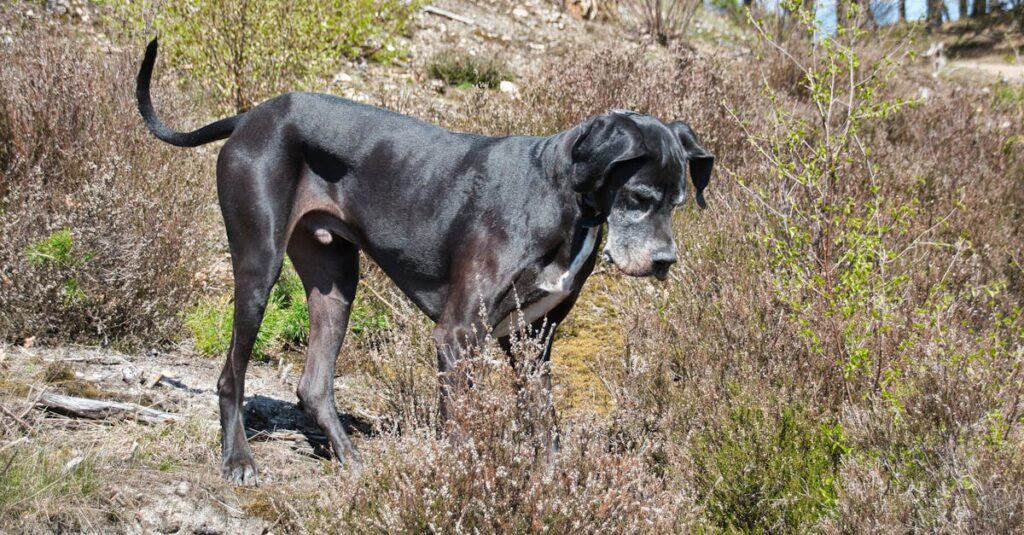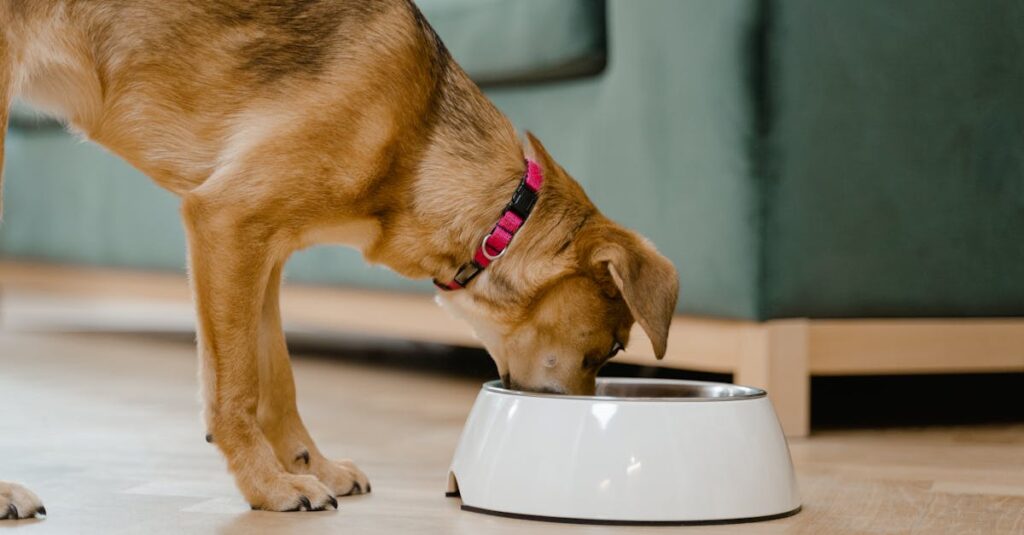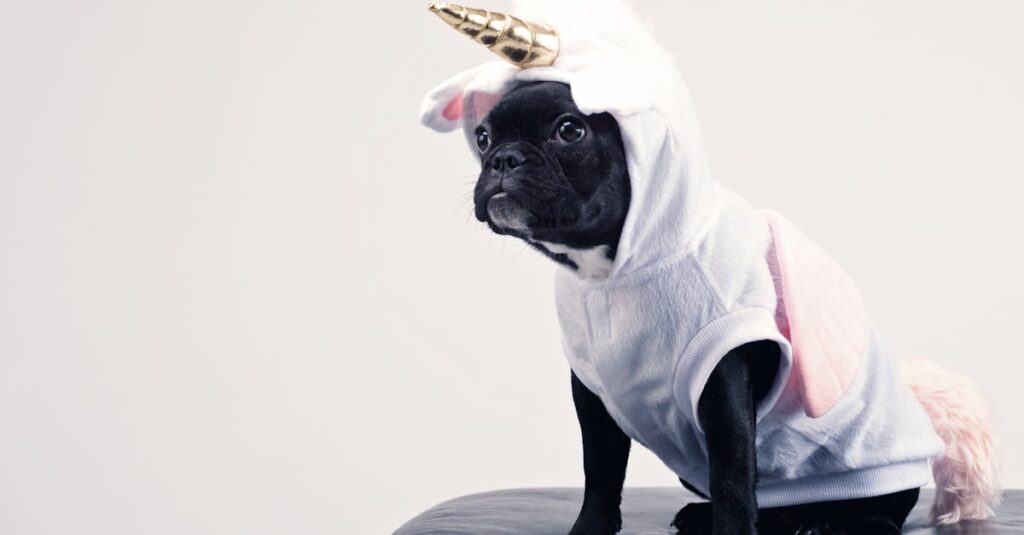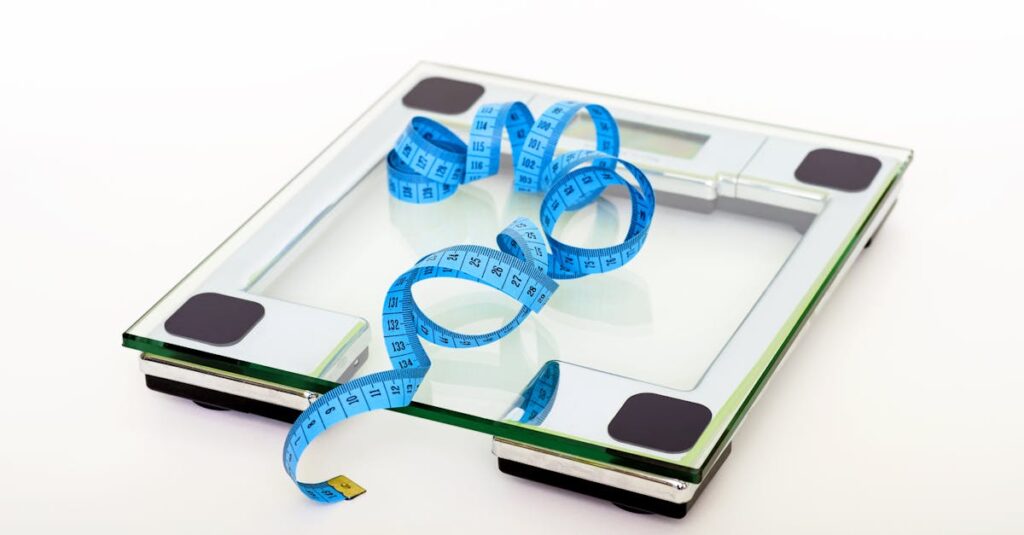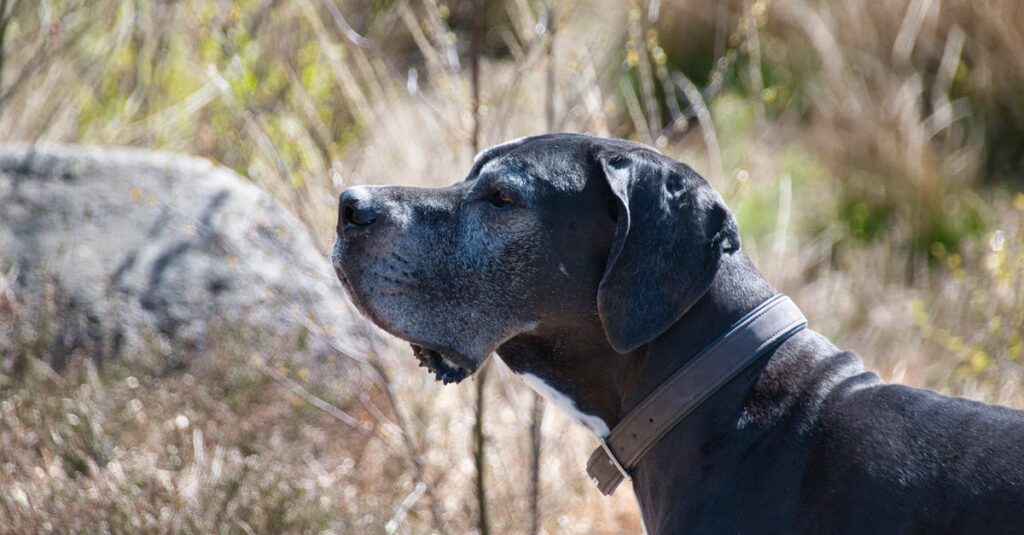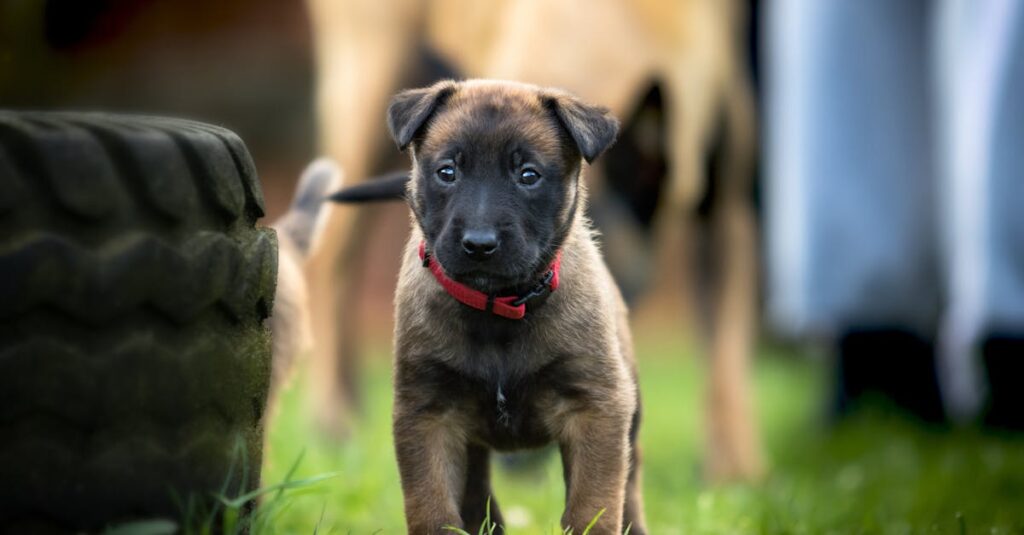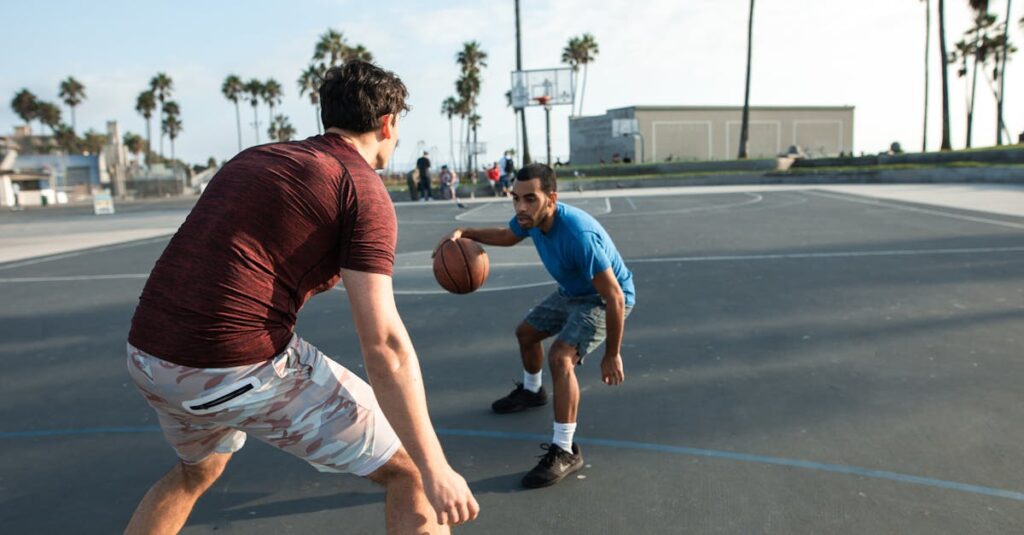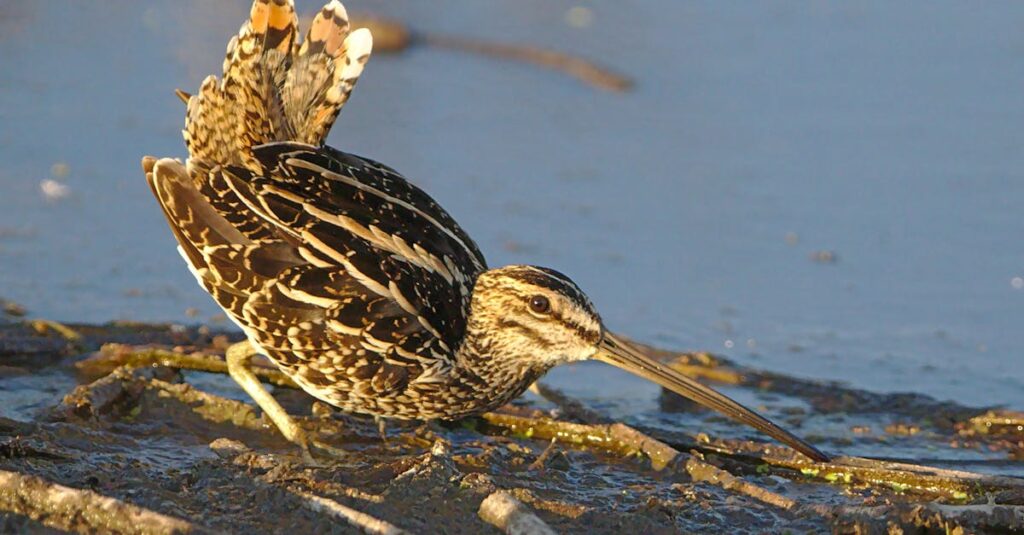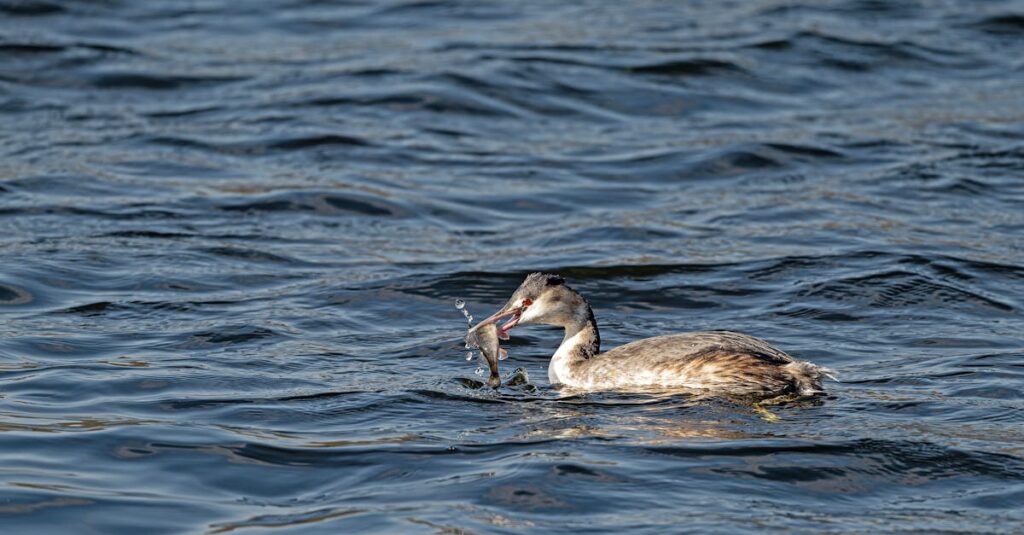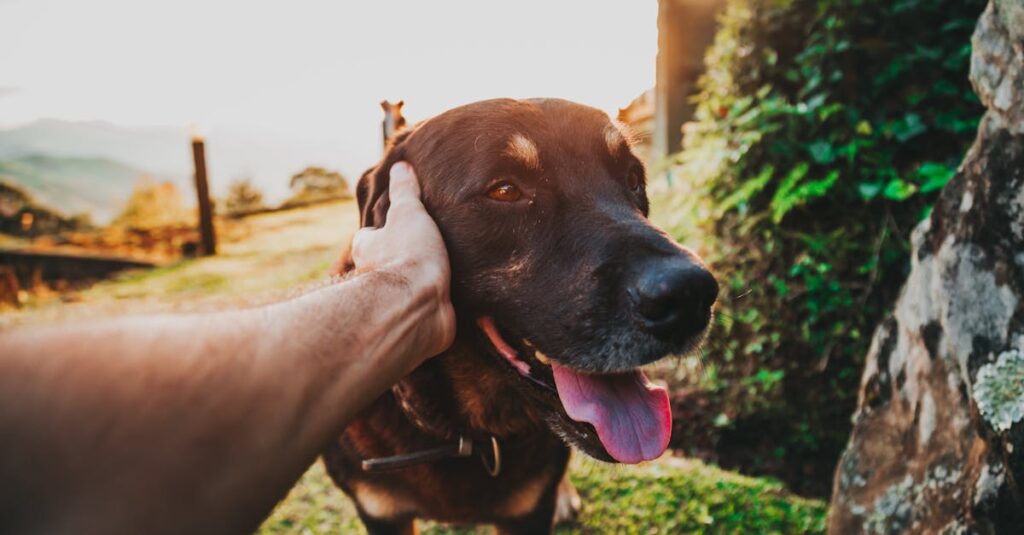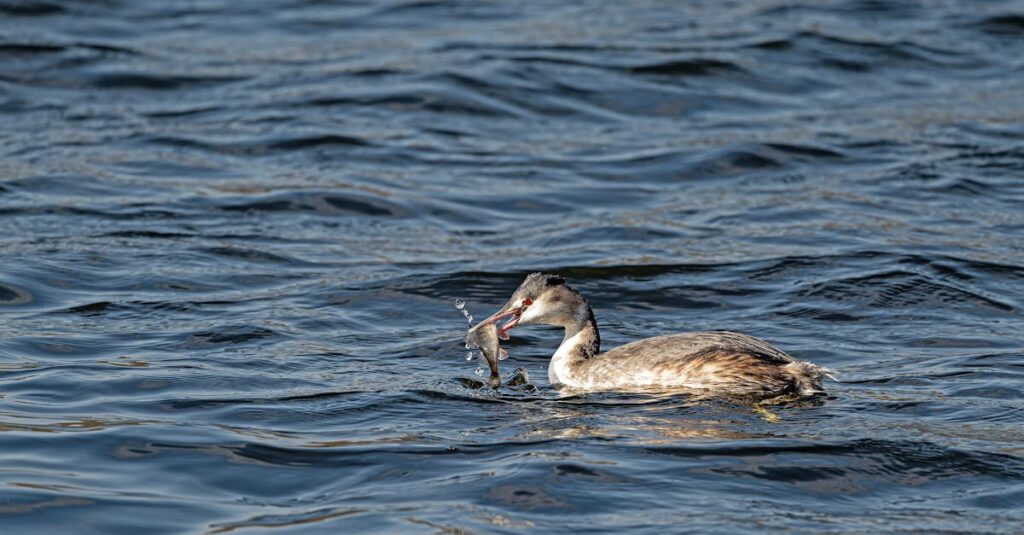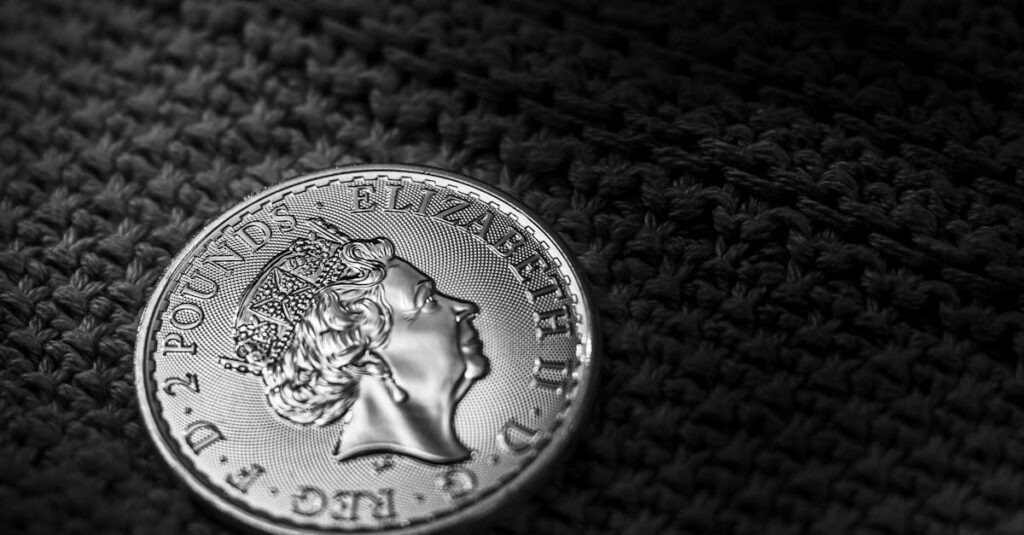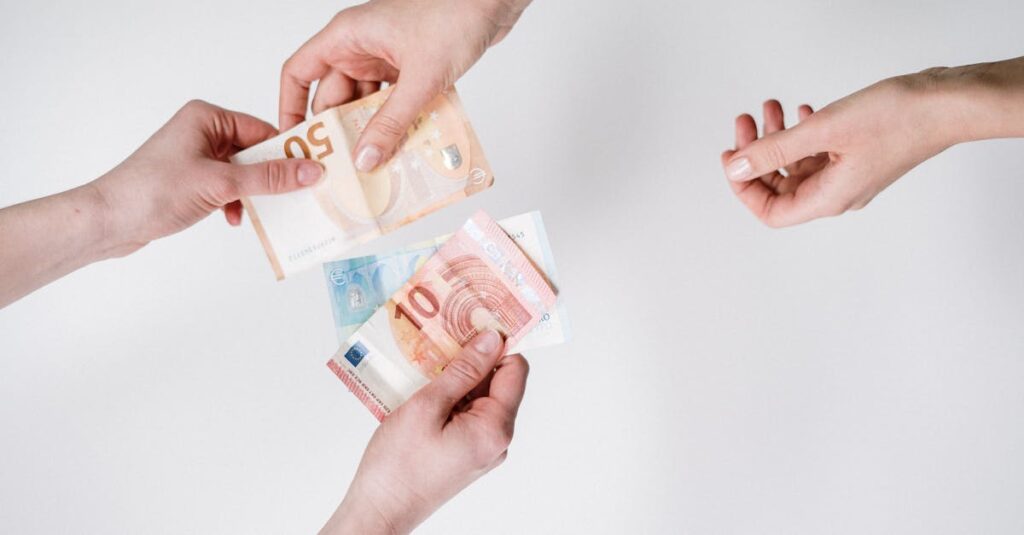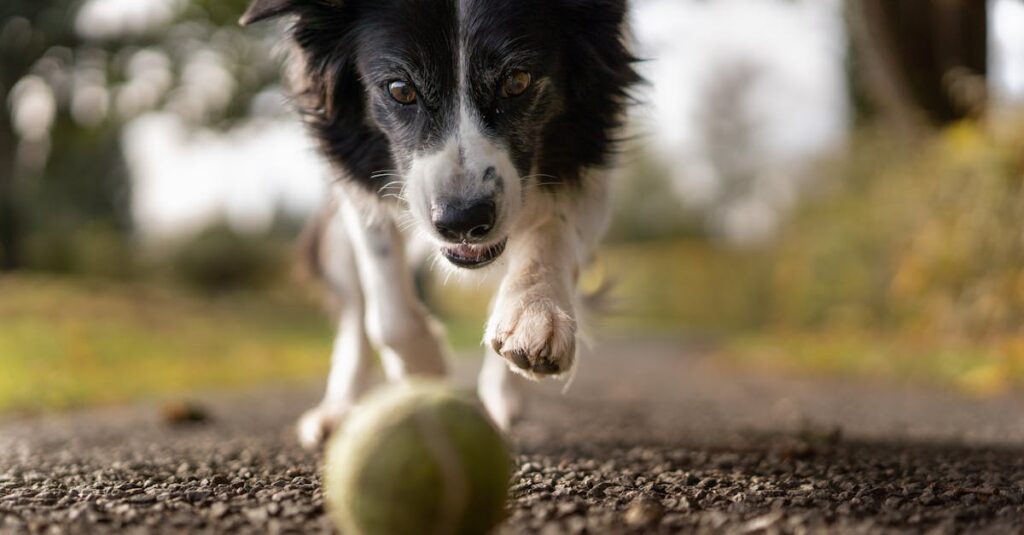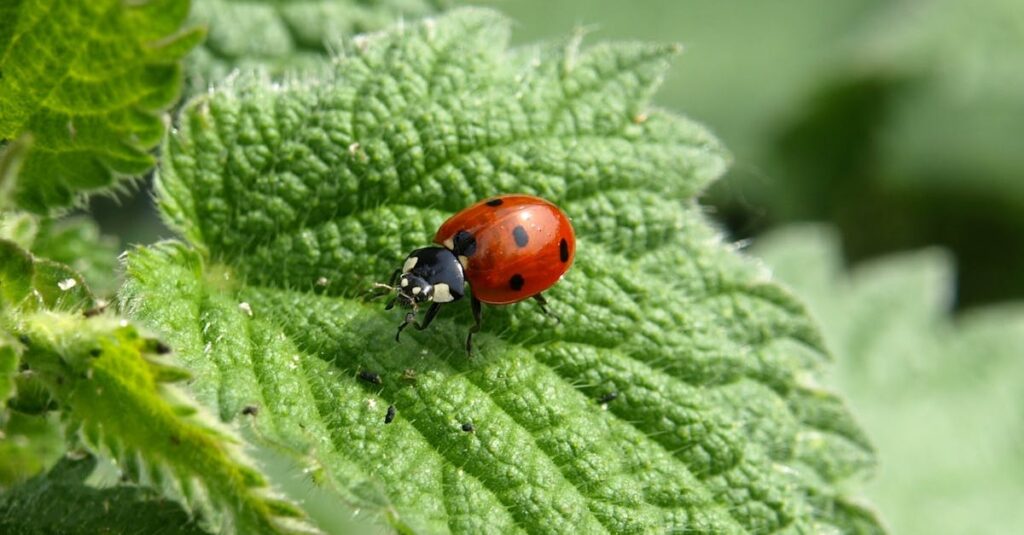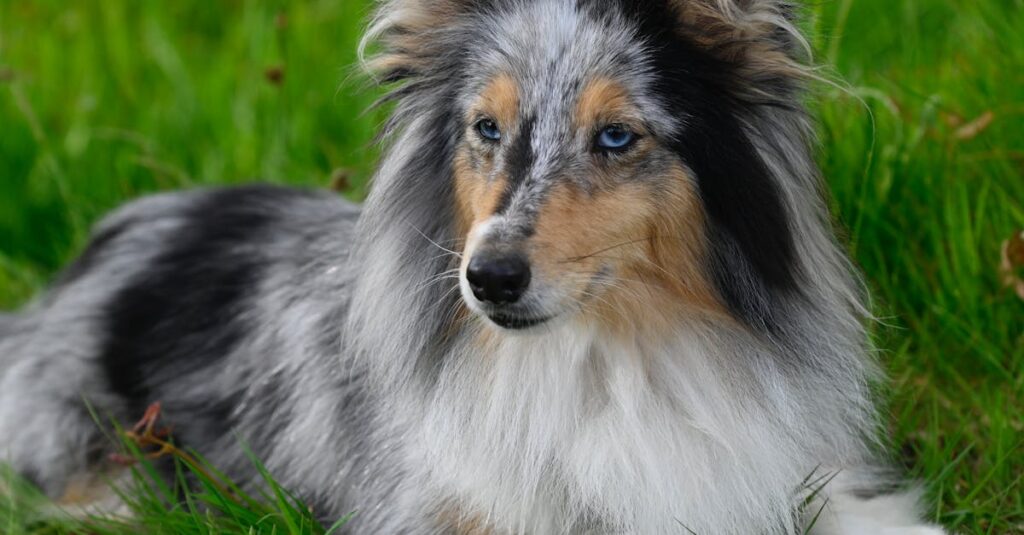Understanding the typical weight of a Great Dane puppy is essential for every owner striving to ensure their gentle giant grows healthily and happily. Given their rapid growth during the first months, misjudging their weight can lead to overfeeding, underfeeding, or even health concerns. Monitoring weight with the help of a detailed growth chart and recognizing what is normal versus worrying can make all the difference. 💡
Typical Weight Range for a Great Dane Puppy: Understanding Growth Patterns
Great Dane puppies gain weight quickly, reflecting their status as one of the largest dog breeds. At birth, they weigh just around 1 to 2 pounds, but their growth accelerates rapidly in the first few months. Knowing this helps owners prepare for the changes and ensures proper nutrition and care.
- 🐾 Birth: 1 – 2 lbs
- 🐾 1 Month: 5 – 8 lbs
- 🐾 2 Months: 15 – 30 lbs
- 🐾 3 Months: 25 – 45 lbs
- 🐾 4 Months: 45 – 65 lbs
- 🐾 5 Months: 60 – 85 lbs
- 🐾 6 Months: 65 – 100 lbs
- 🐾 8 Months: 80 – 120 lbs
The wide weight range reflects individual differences, largely influenced by genetics, diet, and activity. It’s equally important to track your puppy’s progress regularly rather than fixating on perfect matching with averages. 🐶📏
| Age 🕒 | Weight Range (lbs) ⚖️ |
|---|---|
| Birth | 1 – 2 |
| 1 Month | 5 – 8 |
| 2 Months | 15 – 30 |
| 3 Months | 25 – 45 |
| 4 Months | 45 – 65 |
| 5 Months | 60 – 85 |
| 6 Months | 65 – 100 |
| 8 Months | 80 – 120 |
Why Monitoring Your Great Dane’s Weight is Important 🩺
It’s not just about hitting a weight number—knowing whether your puppy is healthy requires observing the overall body condition alongside weight. Signs of potential problems include:
- ⚠️ Weakness or lethargy
- ⚠️ Diarrhea or vomiting
- ⚠️ Knuckling or growing pains
- ⚠️ Visible ribs, spine, or hips indicating underweight
- ⚠️ A distended or overly round stomach
- ⚠️ Lack of muscle tone or dull coat
- ⚠️ Fearfulness or pain signs
Catching these signs early can prevent long-term health problems. Regular vet visits and proper nutrition tailored to such a giant breed are key.
What Influences the Weight of a Great Dane Puppy?
The Role of Genetics and Parentage 👪
Each Great Dane puppy inherits traits from its lineage. Puppies from larger-boned parents generally grow bigger and faster. However, genetic diversity means even littermates can differ notably. Don’t be alarmed if your puppy is slightly smaller or larger than expected—it could simply reflect genetics.
Nutrition: The Key to Healthy Growth 🍽️
Feeding a Great Dane puppy needs special attention. Overfeeding to “bulk up” is harmful and can stress developing joints. Instead, a balanced diet formulated for large breeds with appropriate protein, fat, calcium, and phosphorus ensures lean, muscular growth. Here’s a list of some trusted brands recommended by experts:
- 🥇 Royal Canin Giant Puppy formula
- 🥈 Purina Pro Plan Large Breed Puppy
- 🥉 Hill’s Science Diet Puppy Large Breed
- 💙 Blue Buffalo Life Protection Large Breed
- 🌿 Orijen Large Breed Puppy
- 🍖 Merrick Grain-Free Large Breed Puppy
- 👑 Taste of the Wild High Prairie Puppy
- 🧴 Wellness Core Large Breed Puppy
These options strike a good balance for growth and joint health. Overfeeding or underfeeding can cause issues like knuckling or obesity.
Exercise and Growth: Moderation is Essential 🐾
Great Danes need gentle exercise during their rapid growth phases to support their developing joints but avoid overexertion. Activities such as short walks and controlled playtime help build muscles without risking injury like hip dysplasia.
Tracking Your Great Dane Puppy’s Weight: Practical Tips and Tools
Consistency is key when monitoring your puppy’s weight. Use these strategies:
- 📉 Weigh your puppy weekly using a home scale. For accuracy, weigh yourself holding the puppy then subtract your own weight.
- 🚿 Allow access to veterinary or pet store scales for precise checks, but only when your puppy is vaccinated and comfortable.
- 🎓 Track measurements and weight alongside photos to visualize growth progress.
- 📅 Keep notes to discuss trends with your vet during health check-ups.
- 🥰 Make weighing an enjoyable experience with treats and praise.
Example Weight Growth Chart for Male and Female Great Danes
| Age 🗓️ | Male Weight (lbs) 🐕🦺 | Female Weight (lbs) 🐕 |
|---|---|---|
| 2 Months | 23 | 18 |
| 4 Months | 55 | 45 |
| 6 Months | 80 | 65 |
| 8 Months | 100 | 80 |
| 1 Year | 125 | 100 |
| Adult | 135 – 170 | 110 – 145 |
When Do Great Dane Puppies Stop Growing and How Does Weight Stabilize?
Most Great Dane puppies experience their fastest weight increase between 6 weeks and 6 months. Growth then decelerates but continues steadily until about 18 months to 2 years. At this point, they mostly fill out their build with muscle and solid bone density without a significant jump in height.
Understanding this timeline helps avoid panic over apparent plateaus or rapid weight changes. For further details, you can visit our dedicated guide on when a Great Dane stops growing.
Signs Your Puppy May Need Veterinary Attention ⚠️
- 🐾 Persistent lethargy or unexplained vomiting
- 🐾 Loss of appetite or sudden weight loss
- 🐾 Difficulty walking or knuckling
- 🐾 Unusual swelling or changes in body shape
Frequently Asked Questions About Great Dane Puppy Weight 🐶❓
- Q: How fast do Great Dane puppies grow?
A: They grow rapidly especially in the first 6 months, reaching up to 60-100 lbs by half a year. - Q: Is my Great Dane puppy too skinny?
A: Check for visible bones, low energy, or dull coat. If present, consult a vet rather than just increasing food. - Q: What is the ideal food for a Great Dane puppy?
A: Choose large-breed-specific formulas like Royal Canin Giant Puppy or Purina Pro Plan Large Breed Puppy, which balance calcium and protein for joint health. - Q: How can I prevent knuckling and growth-related joint issues?
A: Ensure balanced nutrition, moderate exercise, and avoid slick flooring. Veterinary supplements might help too. - Q: When should I weigh my Great Dane puppy regularly?
A: Weekly to bi-weekly weigh-ins during the first year help monitor healthy growth and adjust care accordingly.
For more detailed insights and personalized advice on raising your Great Dane, explore our comprehensive resources at our home page and in articles such as everything you need to know about the Great Dane.

